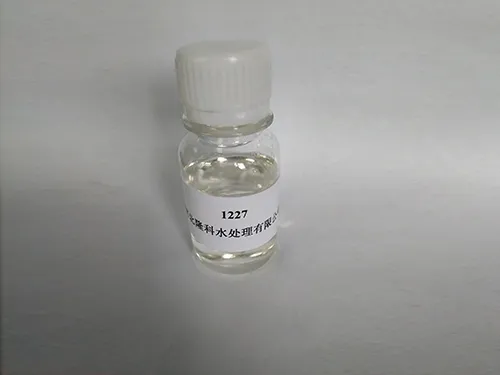water flocculation chemicals
Water Flocculation Chemicals An Overview
Water flocculation is a critical process in water treatment that involves the removal of suspended solids, colloids, and other impurities from water sources. Flocculation chemicals play a vital role in this process, aiding in the aggregation of fine particles into larger clusters, known as flocs, which can then be easily removed from the water. This article provides an overview of water flocculation chemicals and their importance in ensuring clean and safe water.
Types of Flocculation Chemicals
There are several types of chemicals commonly used in the flocculation process, including coagulants, flocculants, and pH adjusters
.1. Coagulants These chemicals help to destabilize particles in suspension, enabling them to clump together. Common coagulants include aluminum sulfate (alum), ferric chloride, and polyaluminum chloride. When introduced into water, these coagulants neutralize the electric charges of suspended particles, facilitating their aggregation.
2. Flocculants Flocculants are typically high-molecular-weight polymers that enhance the formation of flocs. They promote the bridging of particles during the flocculation process, improving sedimentation rates. Common flocculants include polyacrylamides and natural organic polymers like starches. The choice of flocculant largely depends on the nature of the suspended solids and the specific water treatment requirements.
3. pH Adjusters Maintaining an optimal pH level is crucial for the effectiveness of flocculation. Agents like lime or sulfuric acid may be used to adjust the pH of the water, ensuring that the coagulants and flocculants operate at peak performance.
Mechanism of Flocculation
water flocculation chemicals

The flocculation process typically involves several stages coagulation, floc formation, and sedimentation. Initially, coagulants destabilize the suspended particles, causing them to collide and bind together. Subsequently, the addition of flocculants enhances the size and density of these aggregates. Finally, the larger flocs settle at the bottom of the treatment tank, allowing clear water to be decanted off the top.
Applications of Water Flocculation Chemicals
The application of flocculation chemicals is widespread across various industries. In municipal water treatment plants, they are essential for producing potable water by removing turbidity and pathogens. Additionally, in wastewater treatment, flocculation is employed to clarify effluents before discharge or reuse. Industries such as mining, pulp and paper, and food processing also utilize flocculants to recover valuable materials and enhance product quality.
Environmental Considerations
While flocculation chemicals are effective in improving water quality, their environmental impact must be considered. Some coagulants and flocculants can introduce additional chemicals into the ecosystem, potentially affecting aquatic life. It is crucial to monitor the concentration and types of chemicals used in water treatment processes to ensure minimal environmental disruption.
Conclusion
Water flocculation chemicals are fundamental to maintaining clean and safe water supplies. By understanding the types of chemicals available and their mechanisms of action, water treatment facilities can enhance their processes and provide communities with high-quality water. As the demand for clean water continues to grow, so does the importance of effective flocculation in ensuring a sustainable future.
-
Water Treatment with Flocculant Water TreatmentNewsJun.12,2025
-
Polymaleic AnhydrideNewsJun.12,2025
-
Polyaspartic AcidNewsJun.12,2025
-
Enhance Industrial Processes with IsothiazolinonesNewsJun.12,2025
-
Enhance Industrial Processes with PBTCA SolutionsNewsJun.12,2025
-
Dodecyldimethylbenzylammonium Chloride SolutionsNewsJun.12,2025





